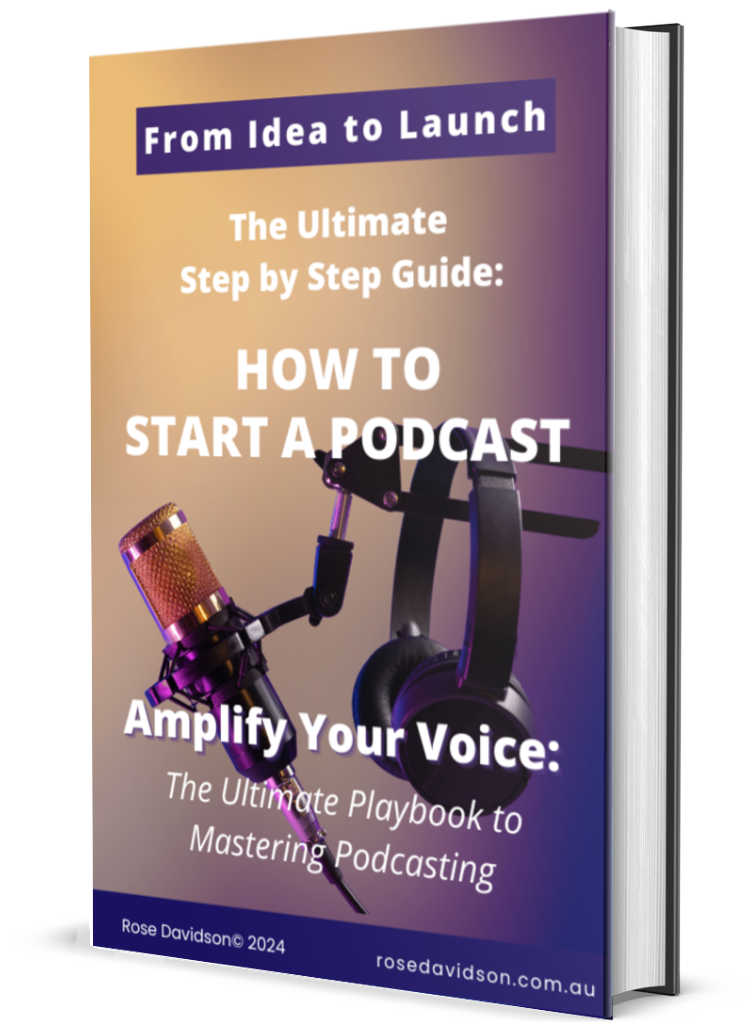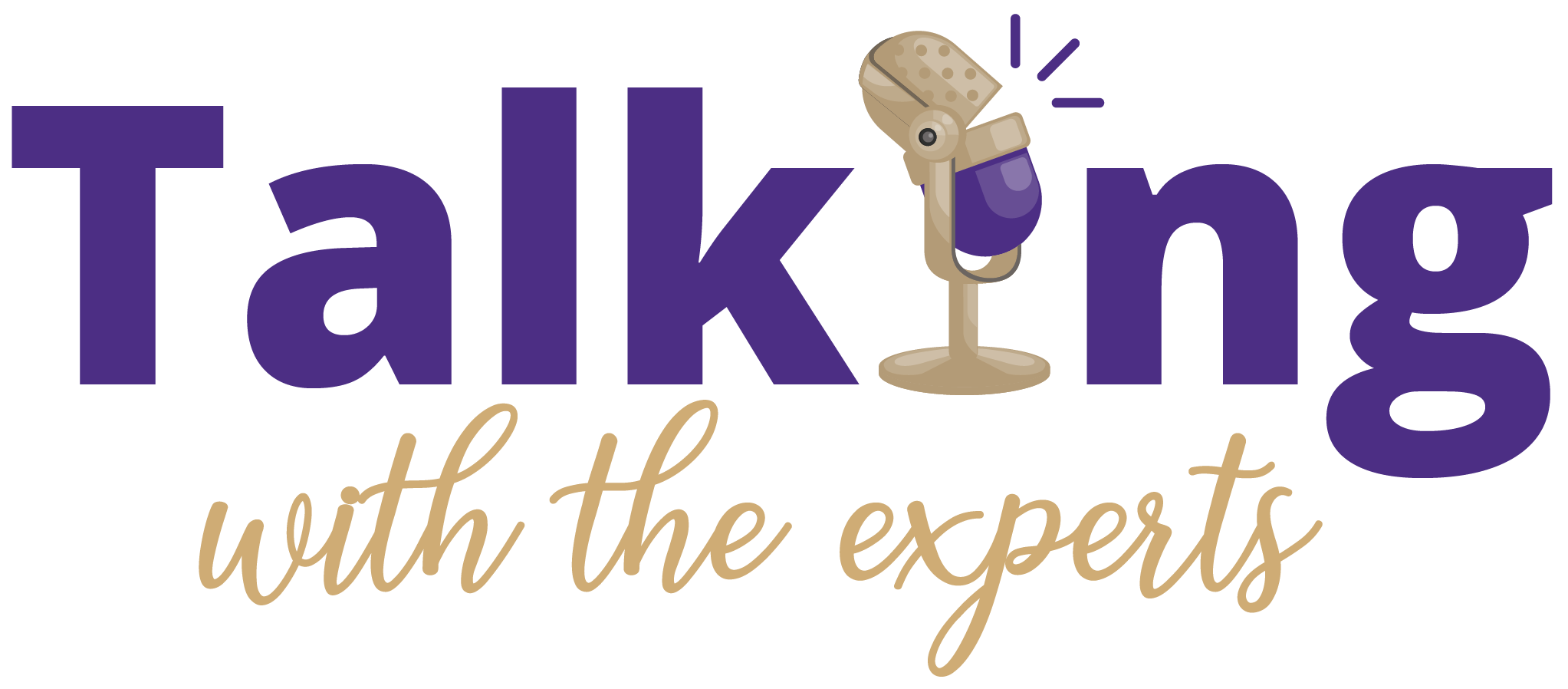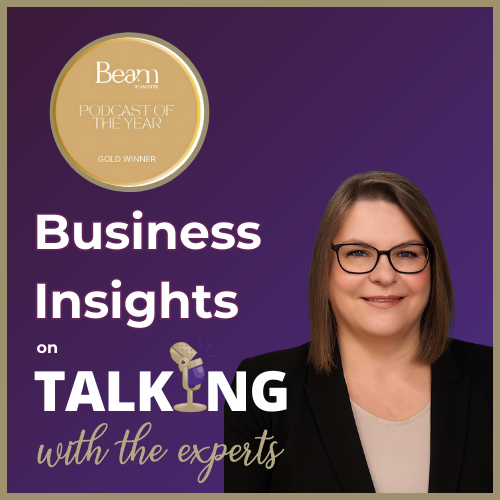Guest
Yosi Kossowsky
Curiosity in Leadership: Build Trust, Reduce Conflict, Lead Better
Discover how curiosity transforms leadership—reducing conflict, building trust, and fostering presence—with executive coach and leadership expert Yosi Kossowsky.
Yosi's Bio
Yosi Kossowsky is an executive coach and leadership development expert with more than 18 years of experience guiding leaders to success. With a unique background as a Chief Technology Officer and Senior Director of Talent Management, he understands both the technical and human sides of organizational growth. Yosi specializes in helping leaders integrate curiosity, mindfulness, and neuroscience into their leadership approach. His work focuses on reducing conflict, strengthening communication, and cultivating cultures of trust and collaboration. Having supported executives across industries worldwide, Yosi brings practical strategies and frameworks that leaders can immediately apply to enhance presence, build authentic relationships, and create more impact. Through his coaching and speaking, he empowers leaders to move beyond having all the answers to asking the right questions—unlocking deeper engagement, connection, and effectiveness.
Where to find other episodes
About this episode
Have you ever felt pressure as a leader to always have the answers?
In today’s fast-paced world, many leaders believe their credibility depends on expertise and quick decision-making. But what if your true power lies not in answers, but in curiosity?
In this episode of Talking with the Experts, Rose Davidson sits down with Yosi Kossowsky—executive coach, leadership expert, and former Chief Technology Officer—to explore how curiosity transforms leadership. With over 18 years of experience helping leaders around the world, Yosi explains why curiosity is the gateway to building trust, reducing conflict, and leading with greater presence.
When leaders move from reacting to inquiring, they create space for genuine understanding and collaboration. Curiosity helps uncover hidden perspectives, improve decision-making, and foster a culture where people feel valued. Yosi shares practical techniques and a clear framework for integrating curiosity into everyday leadership conversations.
✨ Key Takeaways:
- How curiosity reduces reactivity and builds trust.
- Practical techniques to transform conflict into opportunity.
- A framework for weaving curiosity into daily leadership practice.
If you want to show up with more impact, presence, and authenticity as a leader, this episode will give you both inspiration and actionable strategies.
Outline
Yosi’s Background and Expertise in Leadership Development
- Yosi brings over 18 years of experience as an executive coach with a background as Chief Technical Officer and Senior Director of Talent Management
- Leadership development, personal growth, and effective communication form his core specialization areas, leveraging neuroscience and organizational development principles
- Global leaders have benefited from his guidance in navigating complex challenges, building high-performing teams, and driving meaningful change
Communication Subjectivity and Interpretation Challenges
- Assumptions made in conversations frequently prove partially incorrect, leading to conflict, confusion, and friction between people
- Communication processing occurs subjectively in humans, meaning speakers know what they intend to say but cannot predict how listeners will interpret their words
- Workplace conversations involving task assignments, deliverables, check-ins, and feedback all suffer from this subjective interpretation challenge
- Neuroscience therapy studies reveal that everything spoken gets interpreted differently by each listener, creating inherent communication ineffectiveness
Curiosity as a Solution to Communication Problems
- Curiosity emerges as the primary technique for addressing subjective communication interpretation issues
- Productive and effective conversations become possible when curiosity-based approaches replace assumption-driven communication
- Leaders can shift from needing all the answers to asking better questions through curiosity implementation
Written Communication Complexities
- Written communication presents the most challenging form of communication due to potential misinterpretation of tone, language, and intent
- Senders may intend messages to be upbeat and humorous while receivers take offense, creating hardships and misunderstandings
- Cultural influences from Australia, Britain, America, and other regions create different writing and humor styles that prove difficult to convey effectively in words alone
- Artificial intelligence tools like ChatGPT require mindful language instruction to avoid receiving unintended feedback responses
Pre-Conversation Mindset Framework
- Three foundational questions must be addressed before speaking in any conversation situation
- Adopting a “what if I don’t know” mindset eliminates assumptions about understanding others’ meanings, contexts, or intentions
- Intent examination requires awareness of whether the goal is to trust and believe the person or if previous interactions have created doubt
- Context awareness involves understanding the specific framework and background being brought to each conversation
Curiosity-Based Question Techniques
- Questions should begin with “what,” “how,” “tell me more,” “help me understand,” or “can you give me an idea” rather than starting with “why.” Starting questions with “why” can trigger defensive responses or feel judgmental due to cultural nuances and language patterns
- Exploration becomes possible through context-seeking questions that allow for intent measurement and conversation leveling
- Reformatting and recrafting words into curiosity-based structures requires practice and role-playing to master effectively
Cultural Sensitivity in Communication
- Cultural backgrounds significantly influence how people communicate and interpret questions or statements
- Law enforcement questioning techniques must account for cultural differences to avoid causing offense during airport or shipping inspections
- Natural communication styles for one culture may be perceived as insulting or confrontational by another culture
Implementation Framework for Curiosity in Leadership
- Building habits around the three pre-conversation questions forms the foundation, with “what if I don’t know” being the most critical element
- Post-it note reminders around workspaces help develop new communication habits through visual cues
- Role-playing exercises with leaders help practice reformatting statements into curiosity-based questions starting with appropriate words
- Sharing curiosity practices with team members creates transparency and collective improvement rather than keeping techniques secret
- Experimental mindset adoption focuses on trying new approaches and observing different results rather than seeking perfect execution
Ambiguous Language Problems in Workplace Communication
- Common workplace phrases like “as soon as possible,” “more clear,” “more professional,” “end of the week,” “on time,” and “more proactive” contain implied metrics without explicit definition
- Speakers use ambiguous terms while listeners agree without validating or confirming specific meanings
- Disappointment occurs when different interpretations of ambiguous language lead to unmet expectations
- Awareness of ambiguous language patterns enables proactive addressing of potential misunderstandings
Trust and Respect Building Through Clear Communication
- Trust and respect within teams require mindful word choices that avoid offending team members
- Clear communication involves explaining requests as if speaking to someone unfamiliar with the context rather than expecting mind-reading abilities
- Detailed explanations prevent people from completing tasks differently than intended due to unclear instructions
- Modern hurried lifestyles have reduced communication clarity as people expect others to understand incomplete or vague directions
Next Steps
- Leaders should adopt an experimental mindset to try curiosity-based communication techniques and observe changes in conversation styles and outcomes
- Results and experiences should be shared through comments on various platforms to help others learn from practical applications of these communication strategies
Keypoints
- Assumptions in communication often prove partially incorrect and lead to conflict, confusion and friction between people, which initially led Yosi to recognize this challenge.
- Communication processing is very subjective, meaning speakers know what they’re saying but cannot know how listeners are hearing and interpreting their words.
- Neuroscience therapy studies revealed that everything said is interpreted differently by each listener, making communication inherently ineffective without proper techniques.
- Curiosity emerged as the chosen technique to solve subjective communication interpretation and enable more productive, effective conversations.
- Written communication presents the most challenging form of communication because tone, language and humor can be easily misconstrued or misunderstood by receivers.
- Cultural influences from Australia, Britain, America and other regions create different writing styles and humor styles that are very hard to convey effectively in words alone.
- Three foundational pre-conversation questions include asking “what if I really don’t know,” examining personal intent toward the other person, and identifying the context being brought to the conversation.
- Curiosity-based questions should start with “what,” “how,” “tell me more,” “help me understand,” or “can you give me an idea” while avoiding starting sentences with “why” which can feel judgmental or triggering.
- Framework implementation involves building habits through post-it note reminders, role-playing conversations with leaders, and sharing the practice openly with others as an experiment.
- Ambiguous language creates significant communication problems when words like “as soon as possible,” “more professional,” “end of the week,” or “be more proactive” are used without specific definitions or metrics.
- Mind-reading expectations occur frequently in workplace conversations where people act as if others should automatically understand unclear requests or ambiguous terms.
- Clear communication requires explaining requests in detail, similar to speaking with a five-year-old, to ensure everyone understands what is being asked regardless of their intelligence level.
- Experimental mindset approach encourages trying these curiosity techniques to observe changes in conversation style, nature and outcomes, then sharing results to help others learn.
Talking with the Experts is an award-winning podcast hosted by Rose Davidson since July 2020. With more than 650 episodes, the show features conversations with industry leaders, innovators, and thought shapers across diverse fields. Ranked in the top 5% of podcasts worldwide and consistently charting in Australia and New Zealand, it delivers trusted insights to a global audience.
Each episode is crafted to inform, inspire, and empower listeners with practical strategies and expert advice. Join Rose as she explores conversations that spark curiosity, fuel growth, and deepen understanding.
If you liked this podcast episode, don’t forget to subscribe via your favorite podcast platform and leave a review so we can continue to bring you more episodes!
Be a guest
Ready to start your podcasting journey?
Grab your copy of “The Ultimate Step by Step Guide on How to Start a Podcast“!
🎙️ This e-book is packed with everything you need to know, from planning and recording to launching and growing your podcast. Whether you’re a beginner or looking to enhance your skills, this guide has you covered.
Don’t wait—start turning your podcast dreams into reality today!

Sign up for our newsletter
#LeadershipDevelopment #CuriosityInLeadership #ExecutiveCoaching #ConflictResolution #BuildTrust #MindfulLeadership #LeadershipSkills #TalkingWithTheExperts


